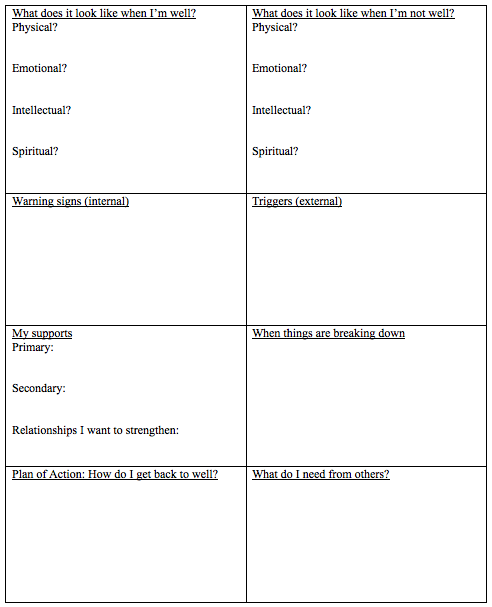I have lived around horses since I was pretty young and have always been drawn to these magnificent animals. Their size alone fascinates me and the temperament of each horse is as unique as you and I. The relationships between our clients and horse therapist is something that we are not able to provide. Horses seem to have an extra sense when something is wrong or when a person needs a hug, a shoulder to cry on or just someone to walk with. These horses know when a person is struggling with traumatic incidents, self defeating behaviors, self control and low self esteem.
We have all started to hear more about Equine Assisted Psychotherapy groups and other sessions that involve animals in our practices. The terms are somewhat new to the world and started getting more attention in the 1990’s- many years after we knew the impact on mental wellness that is provided in equine work. Horses are non-judgmental and will easily meet the client where they are at. The types of therapy that we provide at Peace Within Counseling and many other equine treatment facilities is extensive.
- Ground work- grooming, leading, obstacles. These activities lead to a greater sense of relationship by being able to touch the horse, telling secrets to the horse and allowing the horse to get to know the human as well as getting to know what the horse likes or dislikes. Matching the breath of a horse is very grounding. Connections are important, and at times, easy to gain with a trusting horse and companion. However, when putting a traumatized companion with a horse who also has faced trauma it can be a bit of a human challenge. The person may have numerous hesitancies and extreme anxieties when facing this 1000 pound figure in front of them. However, most times the horse can sense the hesitancy and be able to pull in where no other human can emotionally touch. The horse can bring a comfort that the person may not accept from others. For instance, a young child who recently lost a parent was working with one of our horses. This child was shutting down and afraid to connect or accept others. The horse recognized this and pulled this child in for a huge hug. This boy broke down at this moment and was able to allow the touch and continued to work through his struggles and grief.
- Ground driving horses- a new phenomenon to me as of last month. We had a group of about 30 people join us in a group with 2 Percheron horses- each about 2000 pounds! The group had a chance to bond by brushing, petting, talking and even being able to sit on these gentle giants. Everyone faced a huge hurdle by walking behind these beauties while leading them around the round pen! These humans were able to control 4000 pounds of animals with a slight tug on their reins. We were able to fight the fear of the intimidation of an 18 foot horse that towered over everyone. This was a great time to understand the power that we posses and the control we can have if we allow ourselves to focus.
- The horse can be another tool to add to ones toolbox. This is where people find total relaxation by being near to the horse. Energy work can be done at this point. We are able to lead the horses around the arena with our energy- no leads, no halter, no whips. Pure energy and pure exhilaration! We can gain a sense of accomplishment, leadership and regain lost self control when we are able to be at one with the animal. We teach the human companion to vision what they want the horse to do and the horse will follow. And when the horse does not listen to our desires, we have a great teaching moment with our humans as to how sometimes life doesn’t go as planned. We all struggle at one time or another and we incorporate these mindsets into our clients. Many times, people can relate to this and compare to a time in their life where things went wrong and maybe even notice the strengths that were gained from this. Then we try again with the horse- maybe some relaxation has happened through this acknowledgment and our horse will listen, maybe not.
- Riding is another way to use horses in therapy. This is another fantastic opportunity for the human to feel the power and strength under their body. It can be a cathartic experience to be able to lead this horse around the arena with a small nudge or a slight pull of the reins. The movements that ensue are very relaxing and beneficial to those traumatized clients. I’ve known many people who trailride and end up being so relaxed that they have fallen asleep on their companion- not a goal we pursue in therapy, however.
This is just the beginning of understanding Equine Assisted Psychotherapy. Many people become certified in Equine Work through many programs. At PWC we have Equine programs where we ( the therapists) work closely with a horse handler or certified coach- someone to watch and make sure the horses and humans are safe and to teach the do’s and do not’s of working with horses. Those certified in Equine Work as coaches are going to be able to share activities and sense things within the horses that most of us may not understand. Coaches can teach the roles of the horses in the herd and how we can relate this to our family, social and work dynamics. As a therapist, we are able to help relate to the dynamics that happens before our eyes to what the human is needing at the moment. We are able to focus more on leadership or focus more on boundaries with the obstacles that the coach can help lay out. We can fill in the clinical gaps that the coach may not be able to understand. By having a relationship with our clients, we can give them what they need through the relationships with the horses. It is a fabulous, amazing and miraculous bond to watch form in just moments.
If you would like to learn more about our programs, please feel free to reach out to me at (303) 888-9042. We are offering Individual, Family, Couples and Group sessions this Summer and Fall. We offer kids and teen groups and soon will be adding groups for adults, cancer survivors and those struggling with PTSD and other traumas. We will also be hosting a brunch and team building morning in July for all therapists- watch for info soon.
Guest post written by Nakoma Garcia, MS, LPC
Nakoma Garcia, MS, LPC graduated from Indiana Wesleyan University with a bachelor's degree in Social Work in 1997. She later went back to grad school for Professional Counseling at Grand Canyon University. She is a licensed professional counselor in the state of Colorado. She is trained in EMDR and also offers Equine Assisted Psychotherapy in her practice. She has worked with hundreds of individuals and families who have dealt with life changes and helped them find peace and strength. Nakoma is passionate about working with people who feel change is hard and helping them understand that it does not have to be.



















